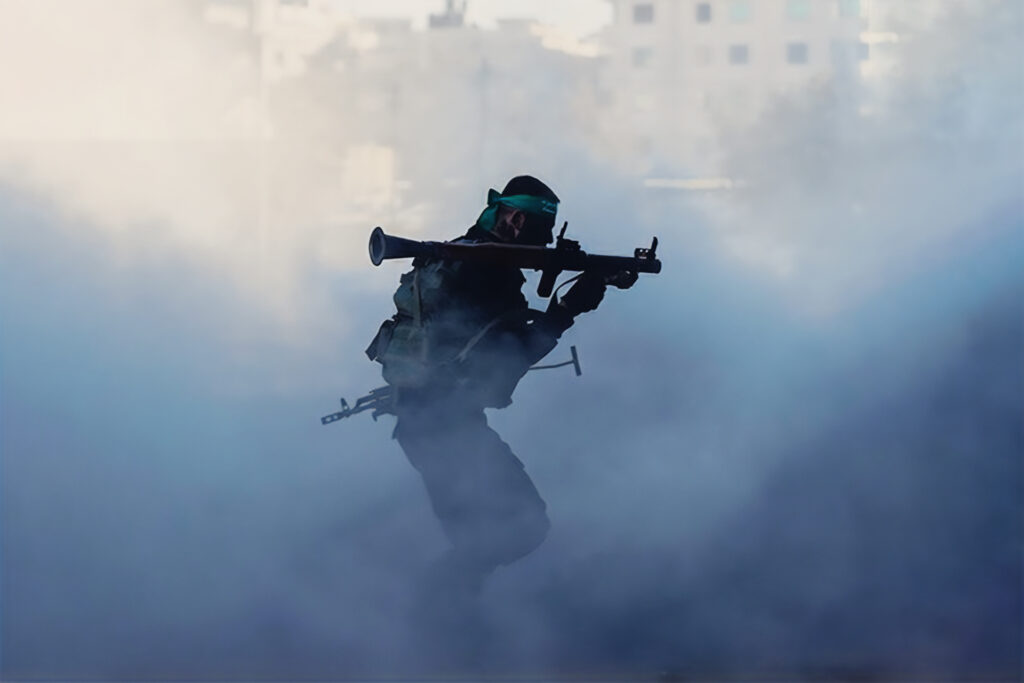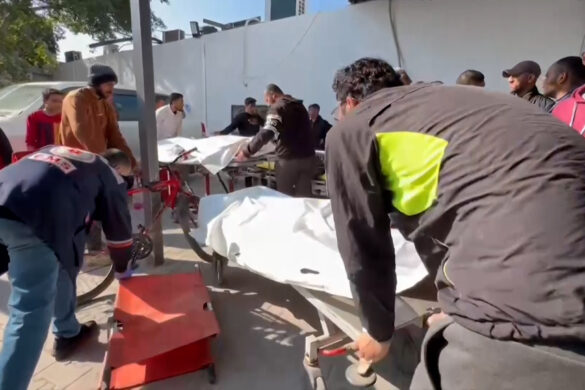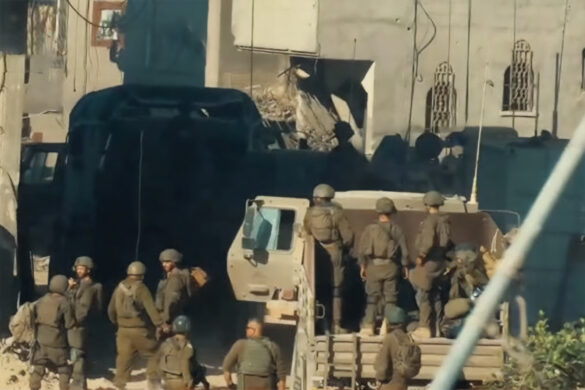Israeli press reports said that the occupation intends to end its intensive operations in the Gaza Strip and keep its forces in the Netzarim and Philadelphia axes and the buffer zone it established along the strip.
Commenting on the possibility of launching a major attack on the Israeli forces in these areas, the military and strategic expert, Colonel Hatem Karim Al-Falahi, said that this depends on the resistance strategy, identifying future targets, and how to deal with the forces stationed there.
Al-Falahi added during his analysis of the military scene in Gaza that the resistance will not stop as long as the occupation forces remain on these axes, stressing that the resistance factions have the military capabilities and potential to carry out qualitative attacks.
He cited the use of the “Red Arrow” missile by the Al-Qassam Brigades, the military wing of the Islamic Resistance Movement (Hamas), for the first time to target an Israeli engineering vehicle, pointing out that it is possible to hit Israeli vehicles located in remote areas instead of the “Al-Yassin 105” missiles designated for targeting armored vehicles from places. close.
He touched on Israeli reports that said that Hamas was carrying out reorganization, repositioning and recruiting new fighters, as well as an ongoing military manufacturing process based on the missiles and bombs that the occupation army dropped on Gaza that did not explode (a percentage of 5% out of 50,000 bombs).
Regarding US Defense Secretary Lloyd Austin’s statements about the necessity of avoiding a tactical victory at the expense of a strategic defeat, the military expert stressed that the Israeli war on Gaza did not achieve its goals, even though it weakened Hamas’ military capabilities and destroyed part of its infrastructure.
He explained that “the war failed to eliminate Hamas, disarm it, end its rule, and kill its political and military leaders, and it also failed to recover the detained prisoners.”
He pointed out the conflicting Israeli statements, stressing that they indicate a flaw in the military strategy, and a flaw in the political strategy that governs the military strategy within specific objectives, adding that Israel is losing politically, militarily, legally, morally and economically.
He concluded that Israel achieved tactical goals that did not rise to the operational and strategic level, which is preventing Hamas from launching an attack similar to the “Al-Aqsa flood” of last October 7.
It is noteworthy that the Netzarim Corridor is a road extending from the eastern Gaza Strip to the Mediterranean Sea, and the occupation forces are located there to separate the northern Strip from its center and south. Hamas has made the Israeli withdrawal from the region a central demand in the ceasefire negotiations.
In the same context, the Israeli occupation army announced early this month its control of the Philadelphia axis separating the Gaza Strip and Egypt, which is 14.5 kilometers long.




